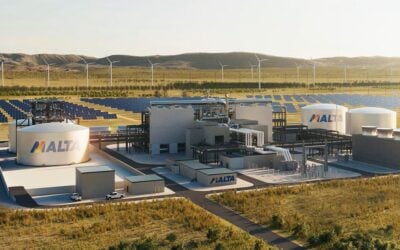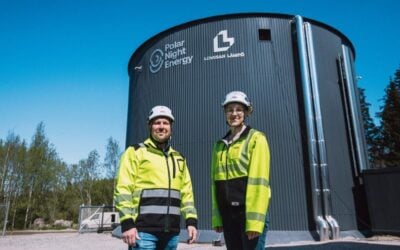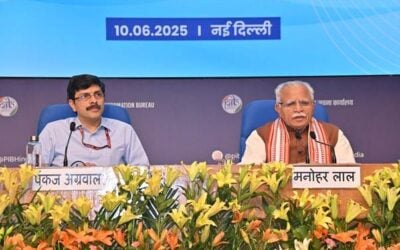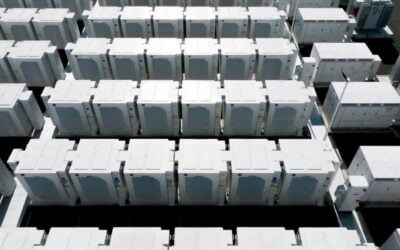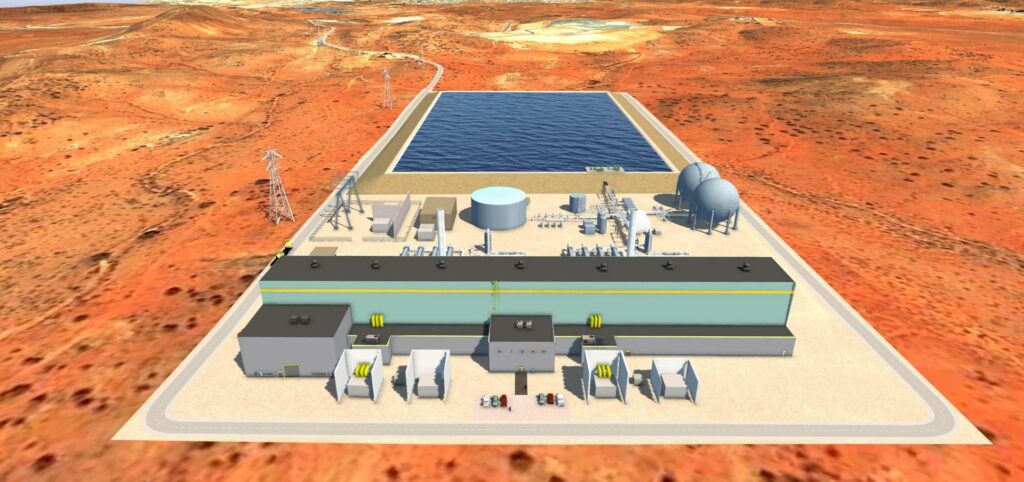
Australian Renewable Energy Agency (ARENA) funding will support the development of Hydrostor’s advanced compressed air energy storage (A-CAES) project in New South Wales.
The large-scale project, in the historic mining region of Broken Hill, aims to support network stability and integration of renewable energy with 200MW/1,600MWh of Canadian company Hydrostor’s proprietary A-CAES technology.
Enjoy 12 months of exclusive analysis
- Regular insight and analysis of the industry’s biggest developments
- In-depth interviews with the industry’s leading figures
- Annual digital subscription to the PV Tech Power journal
- Discounts on Solar Media’s portfolio of events, in-person and virtual
ARENA said last week that conditional approval has been granted to AU$45 million (US$28.42 million) of funding towards the construction of Hydrostor’s Silver City Energy Storage Project, to be built at a disused mine.
Hydrostor will get ARENA’s contribution if and when it can achieve financial close on the project, which according to the agency is expected to happen by late 2023. The projected total cost is AU$652 million.
If built, it be one of the largest compressed air storage systems in the world and offer up to eight hours of storage for renewable and off-peak energy, but according to Hydrostor, the ‘Advanced’ aspect of its technology means it will be considerably more efficient than legacy compressed air plants.
Like those other plants, A-CAES uses electricity to compress air, which is then stored and then goes through a turbo-expander to discharge and drive electricity generators when it is needed again. However, as explained by Hydrostor CEO Curtis VanWalleghem in an interview with Energy-Storage.news at the beginning of this year, the company has made two major tweaks to the formula.
Advanced compressed air project chosen as ‘preferred long-term solution’ by transmission provider
One is that the 400MW or so of legacy compressed air sites in the US and Germany that constitute most of the world’s installed base do create emissions, because fossil fuels are used to pre-heat air before expansion during discharge.
“So what we put in was a very simple and reliable thermal management system, that when you compress air, instead of venting the heat to the atmosphere, store it in hot water, and use that hot water to preheat the air before expansion,” VanWalleghem said.
This also has the advantage, according to the CEO, of raising the typical round-trip efficiency from somewhere around 40% to about 65%.
The other major difference is the amount of space needed to store the air. Compressed air sites generally require underground salt caverns, which are naturally sealed, but Hydrostor instead uses underground hard rock caverns flooded with water, meaning they can be dug into “almost any rock”.
Energy-Storage.news spoke to the Hydrostor CEO shortly after the advanced compressed air company got a US$250 million investment commitment from Goldman Sachs. At the time, VanWalleghem talked through some of the company’s projects in development, including the site at Broken Hill, and two even larger systems it wants to build in California.
Silver City Energy Storage Project took another big step forwards in May, when it was selected by transmission system provider Transgrid as a preferred option for creating backup power supply to the city of Broken Hill. If built, 250MWh of the A-CAES capacity will be reserved for that purpose.
Transgrid said Silver City was a “long-term solution” in the interests of its customers, allowing more capacity to go into the National Electricity Market (NEM) and freeing up more network capacity for more renewables.
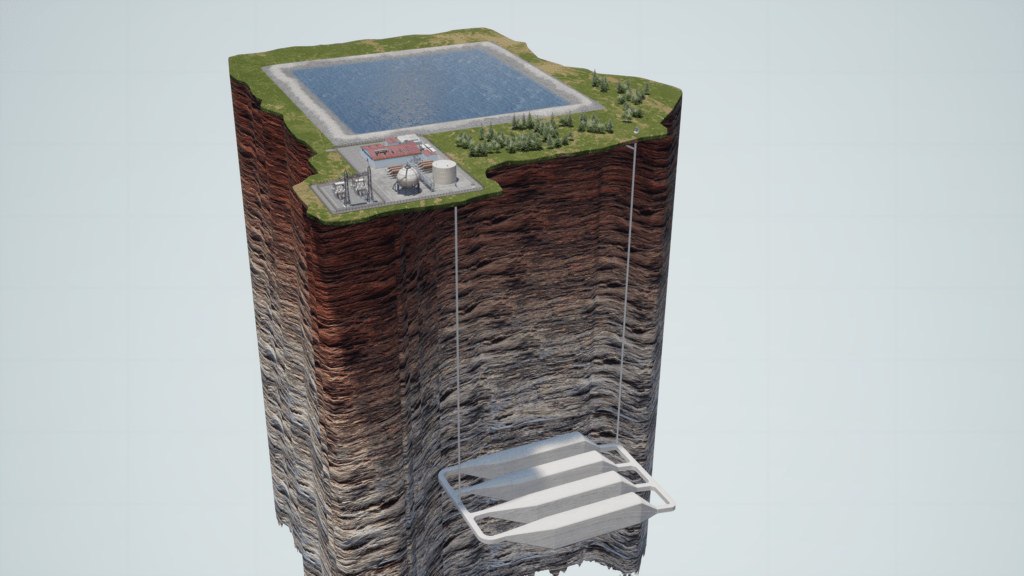
Funding for thermal storage retrofit at fossil fuel plant
Also announced last week was ARENA funding to explore the feasibility of a thermal energy storage project at a fossil fuel power plant site in South Australia.
Torrens Island is currently home to large natural gas power plants owned and operated by major Australian energy generator-retailer AGL – as well as a large-scale battery energy storage system (BESS) delivered by Wartsila Energy.
ARENA would put AU$422,582 towards the total million-dollar cost of retrofitting part of the natural gas plant with thermal energy storage tech. The thermal storage could be charged with electricity from the grid, and then outputted through the Torrens Island Power Station B’s 200MW turbines to generate power when needed.
Two manufacturers have been shortlisted for the 12-month feasibility study: Germany’s Kraftblock, which uses synthetic pellets made of 85% recycled material that can be heated to up to 1300°C, and Australian company MGA Thermal, which has a proprietary miscibility gap alloy (MGA) material that has high thermal conductivity, combining metals and non-metals that heat up to operating temperatures of up to 760 °C.


